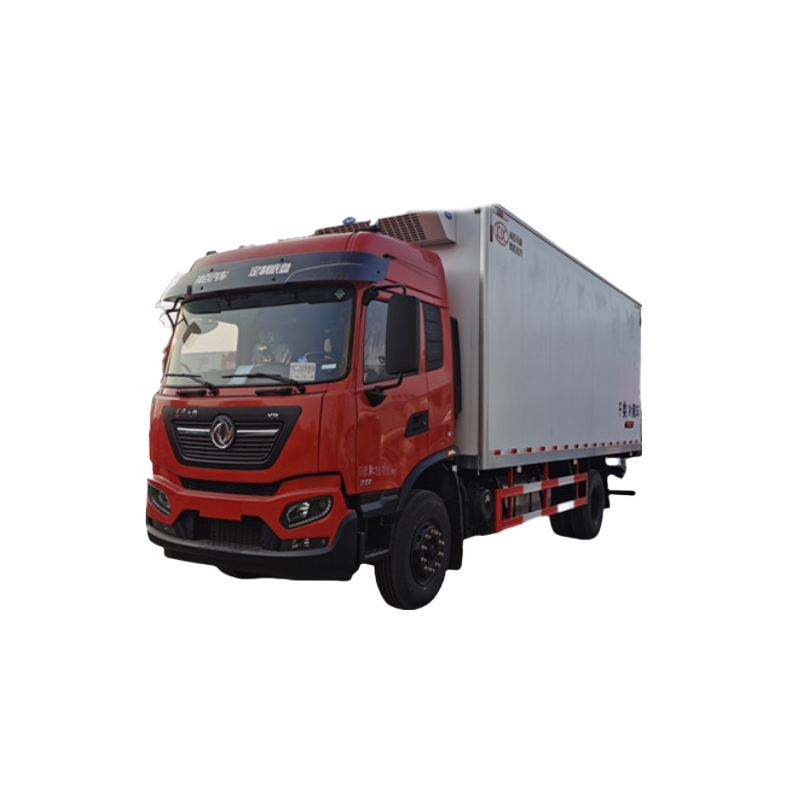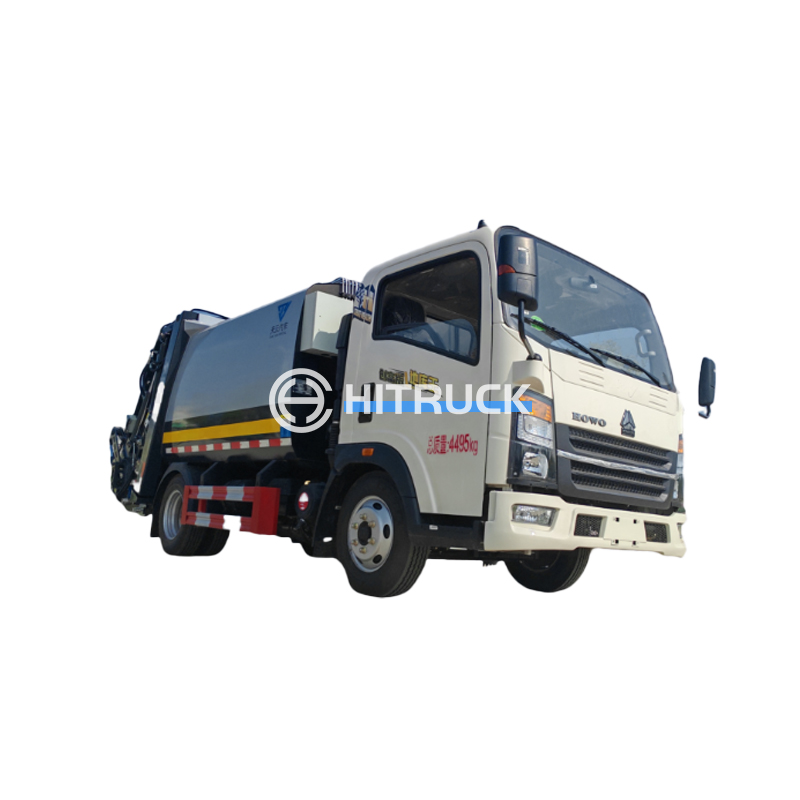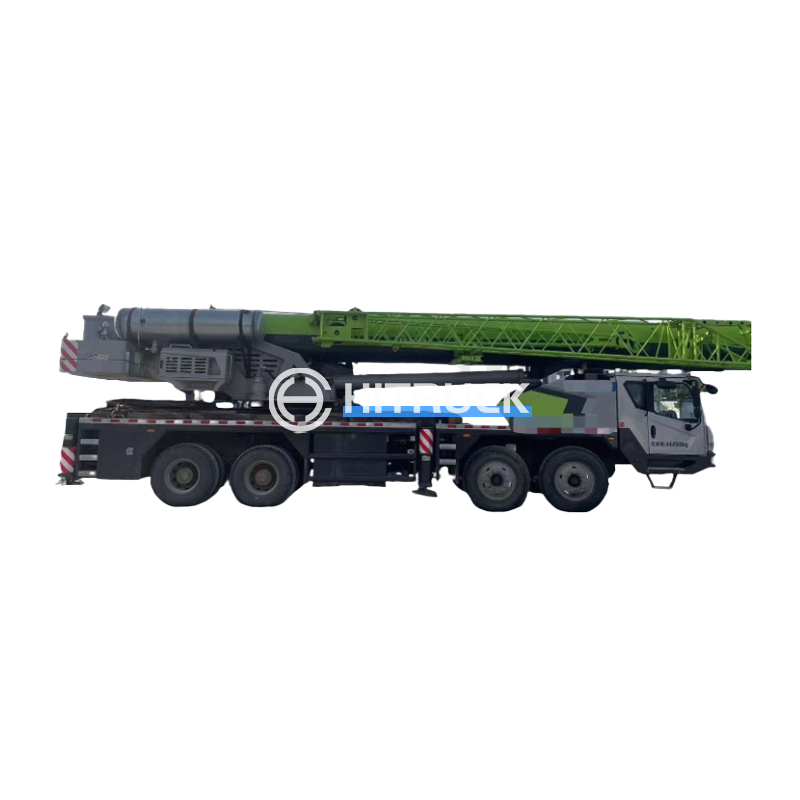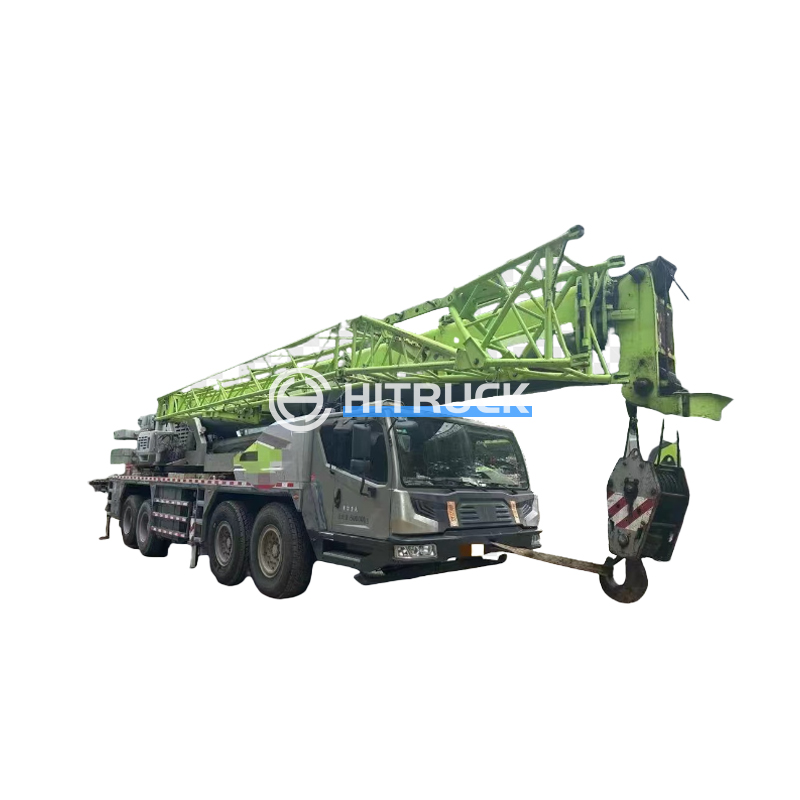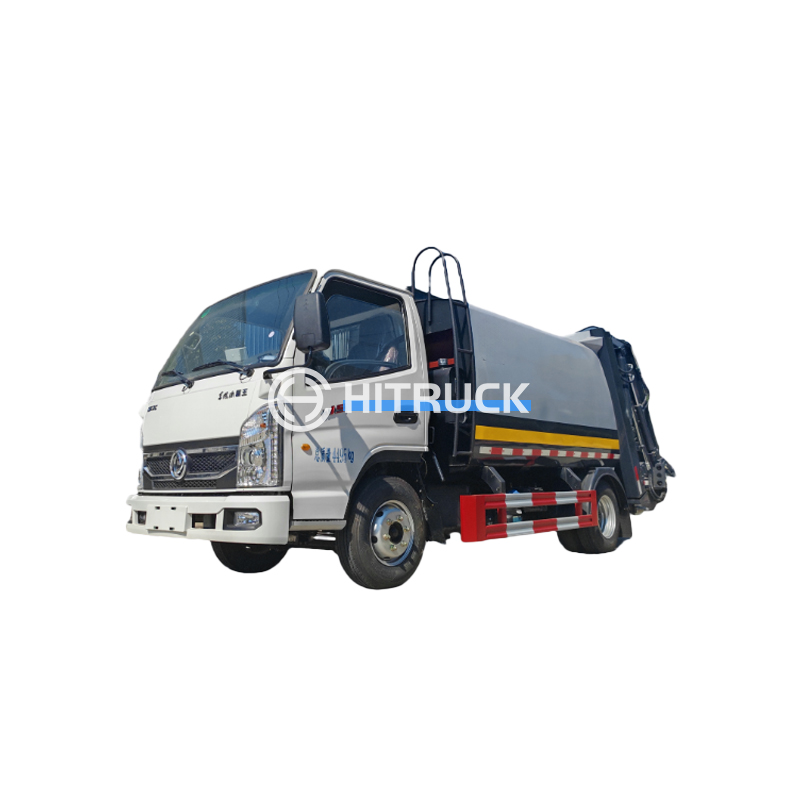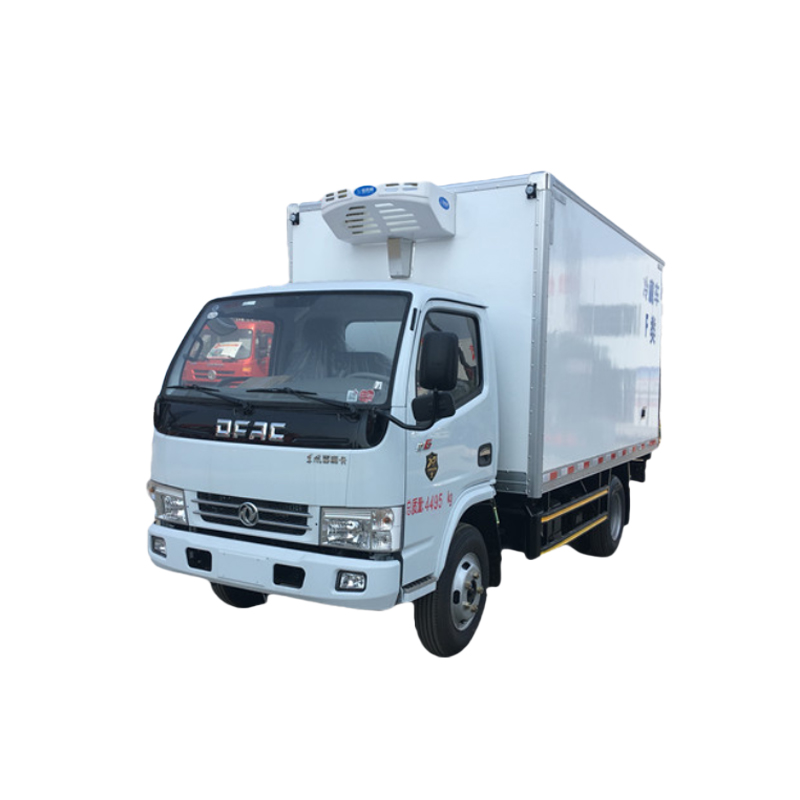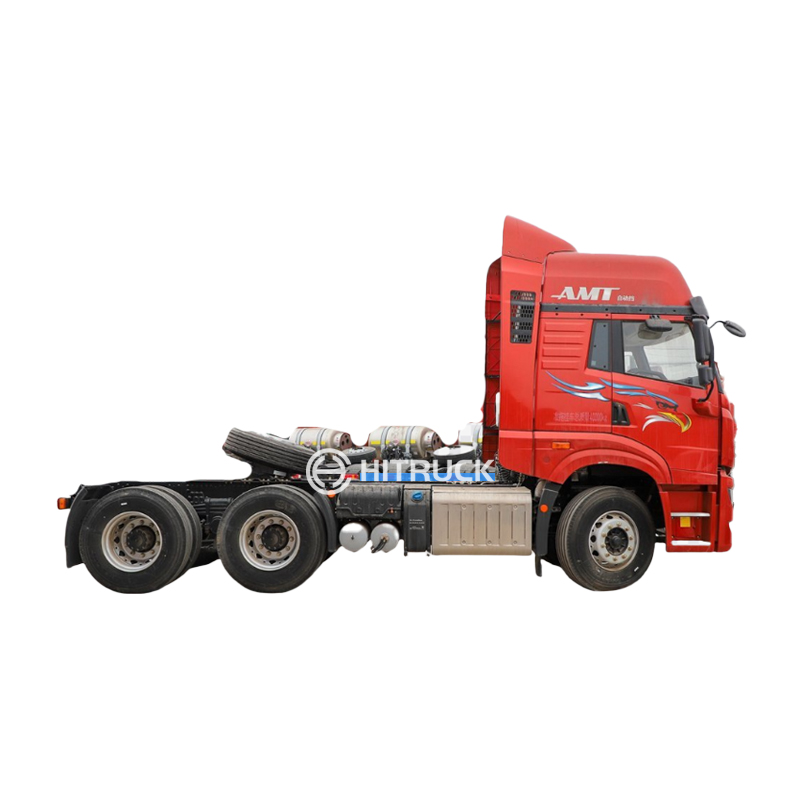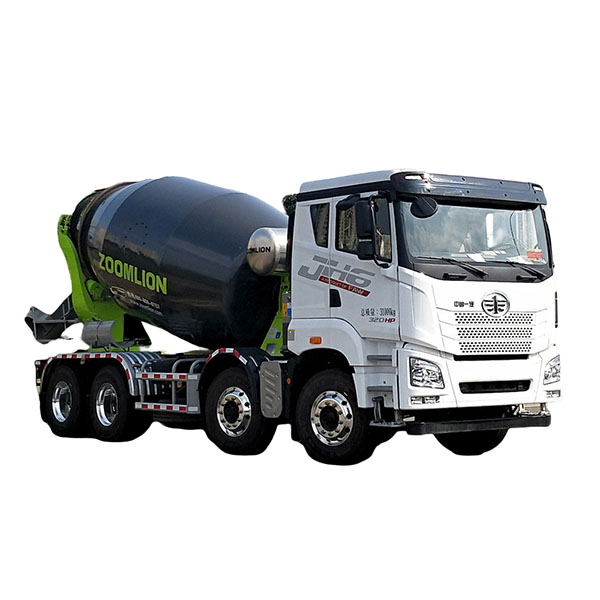This comprehensive guide explores the fascinating world of garbage trucks, covering their different types, functionalities, environmental impact, and the technology shaping their future. Learn about the various components, maintenance needs, and the crucial role these vehicles play in waste management. Discover how advancements are making garbage trucks more efficient and sustainable.
Rear-loading garbage trucks are the most common type, characterized by a hopper at the rear where waste is deposited. These trucks are relatively simple to operate and maintain. Their compact size makes them suitable for navigating narrow streets in residential areas. However, they may not be as efficient as other types for high-volume waste collection.
Front-loading garbage trucks use a mechanical arm to lift and empty containers into the truck's body. This automated process is faster and more efficient than manual loading, significantly reducing labor costs and improving collection times. They are particularly well-suited for commercial areas and large-scale waste management operations. However, they tend to be more expensive to purchase and maintain.
Side-loading garbage trucks offer a balance between efficiency and maneuverability. Waste is loaded from the side using an automated system, reducing the need for workers to lift heavy bins. This design makes them suitable for a range of environments, from residential streets to industrial areas. They provide a good compromise between cost and efficiency.
These advanced garbage trucks automate the entire loading process, minimizing human interaction and further increasing efficiency. Waste is automatically lifted, emptied and compacted within the truck. Although they have a higher initial investment, the long-term cost savings can be significant, particularly for large-scale operations. These trucks are leading the way in modern waste management technology.
Modern garbage trucks utilize sophisticated compaction systems to maximize waste capacity. These systems compress the refuse, allowing the truck to collect more waste per trip and reduce the number of trips required. This enhances efficiency and reduces fuel consumption and carbon emissions.
Many garbage trucks are now equipped with GPS tracking systems, allowing waste management companies to monitor their vehicles in real-time. This data is used to optimize routes, improve scheduling, and enhance operational efficiency. This also helps improve response times to service requests and track vehicle performance.
Environmental concerns are driving the adoption of advanced emission control systems in garbage trucks. These systems aim to reduce greenhouse gas emissions and improve air quality. This includes the use of alternative fuels, such as compressed natural gas (CNG) or biodiesel, and advanced engine technologies. For more information on efficient trucks and sustainable waste management solutions, you may also want to explore Suizhou Haicang Automobile sales Co., LTD.
Regular maintenance is crucial for ensuring the safe and efficient operation of garbage trucks. This includes regular inspections, timely repairs, and proper driver training. Safety features, such as backup cameras and warning systems, are vital for preventing accidents. Proper training and adherence to safety protocols are essential to minimize workplace risks.
The future of garbage trucks promises even greater efficiency, sustainability, and automation. Advancements in electric and hybrid technologies are expected to significantly reduce emissions. The increased use of AI and machine learning will optimize routes, improve resource allocation and further enhance the entire waste management process.
| Type of Garbage Truck | Pros | Cons |
|---|---|---|
| Rear-Loading | Cost-effective, easy to maintain | Less efficient for high volume |
| Front-Loading | High efficiency, automated loading | Higher purchase and maintenance costs |
| Side-Loading | Balance of efficiency and maneuverability | Moderate cost |
| Automated Side Loader | Highly efficient, minimal labor | High initial investment |
This information is for general knowledge and informational purposes only, and does not constitute professional advice. Always consult with relevant professionals for specific guidance.



